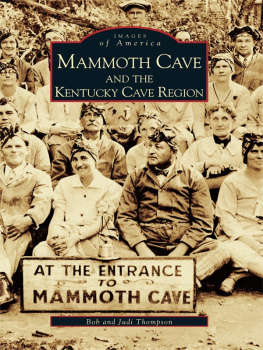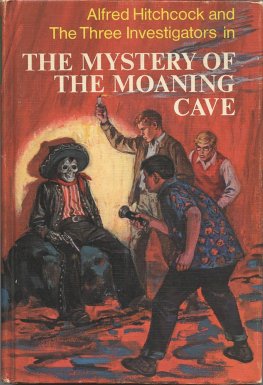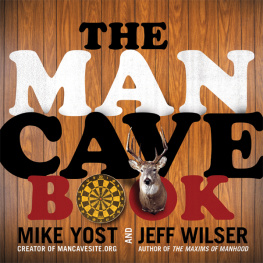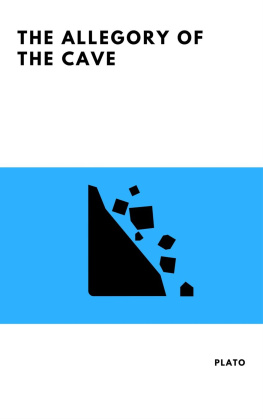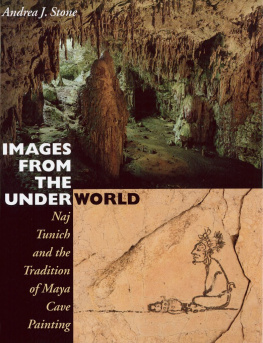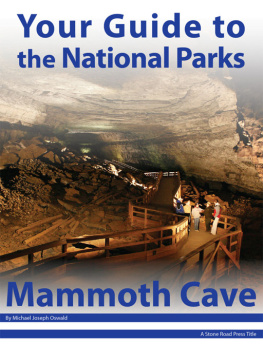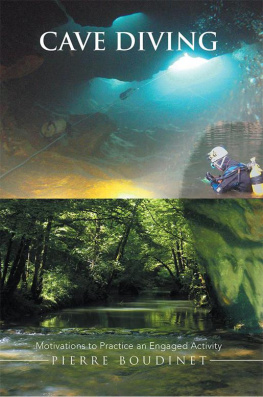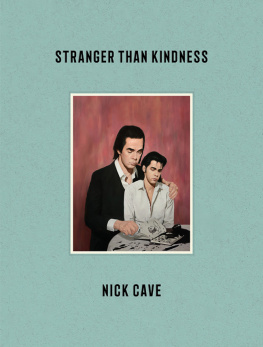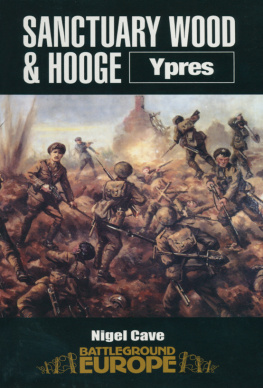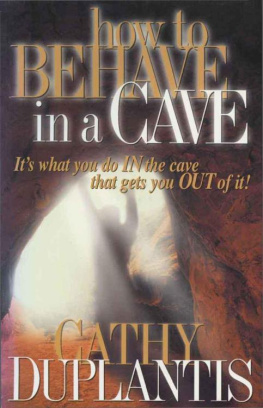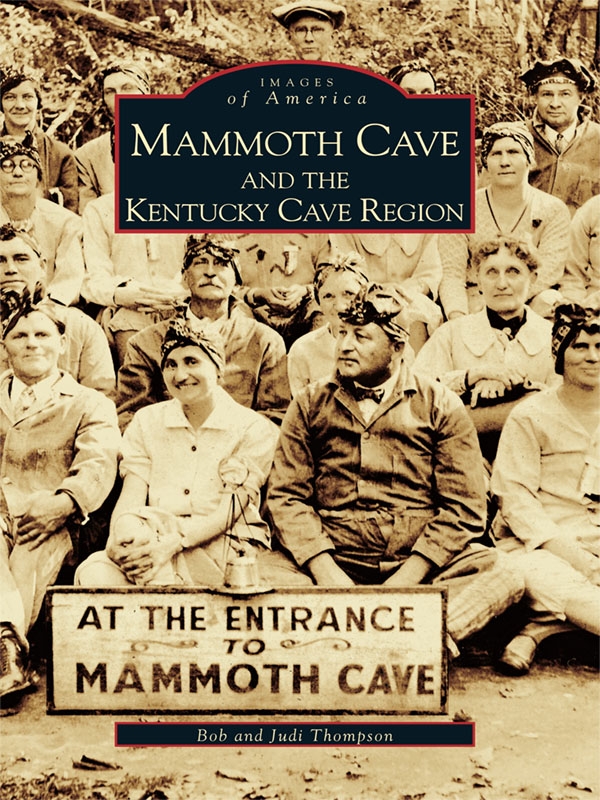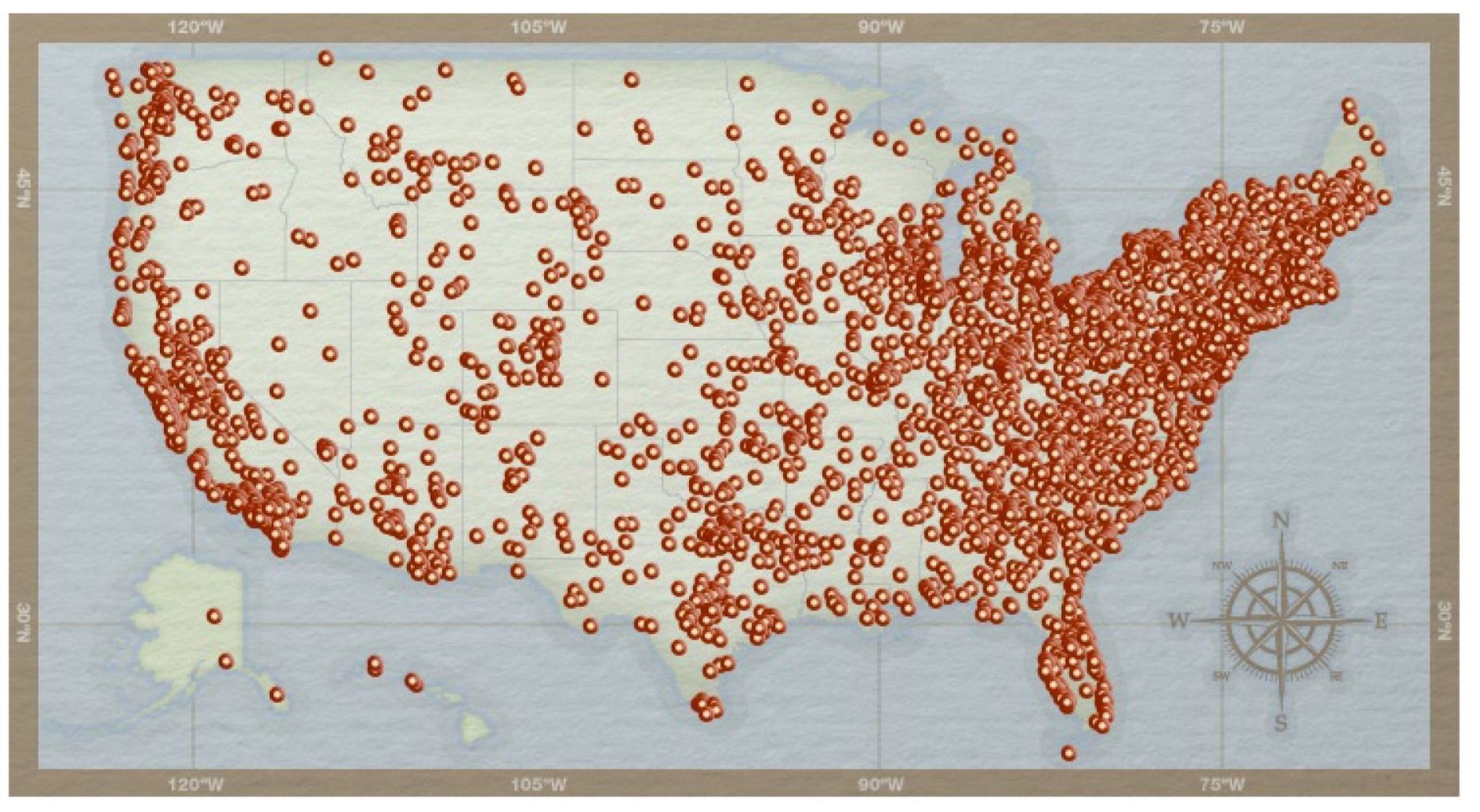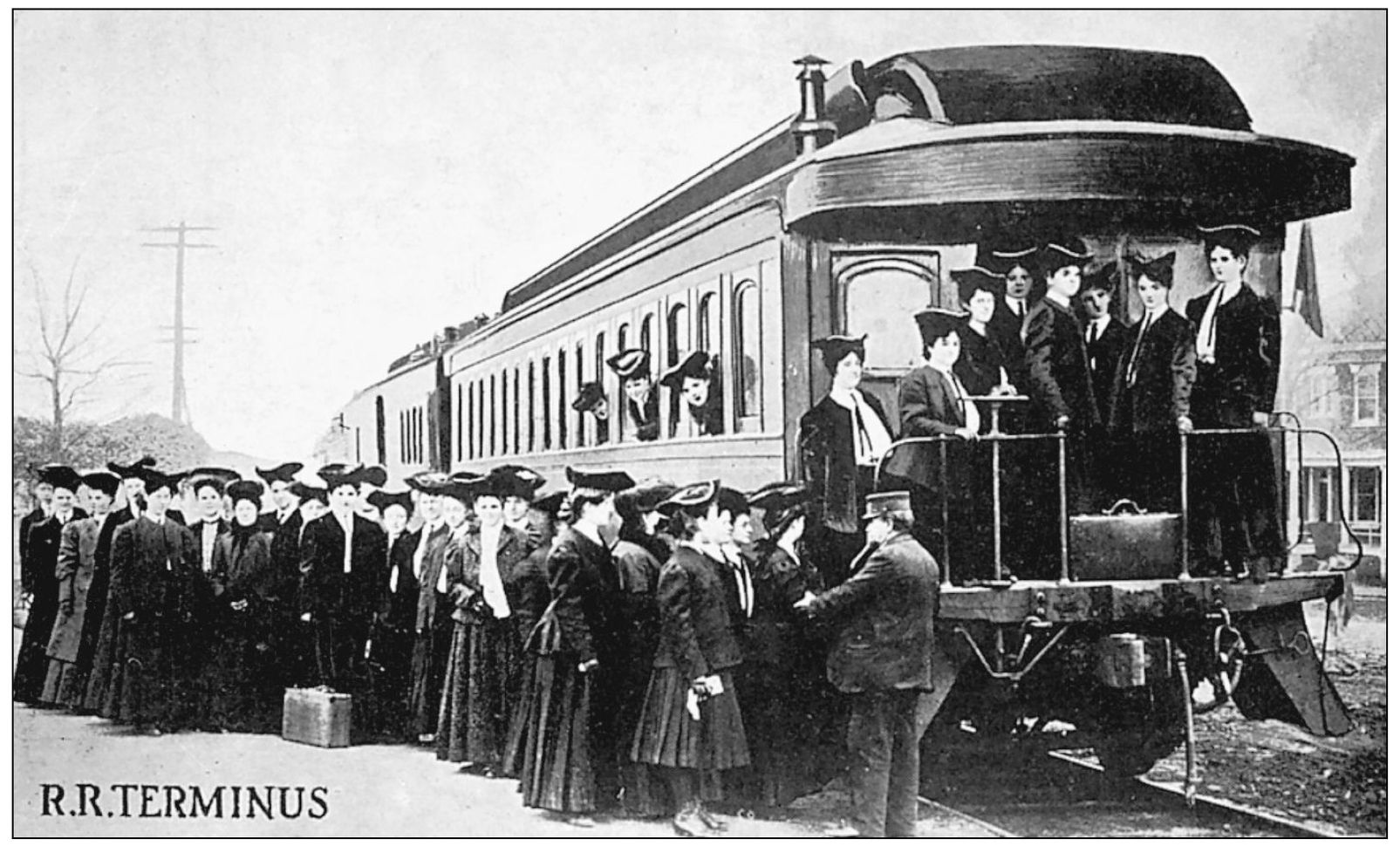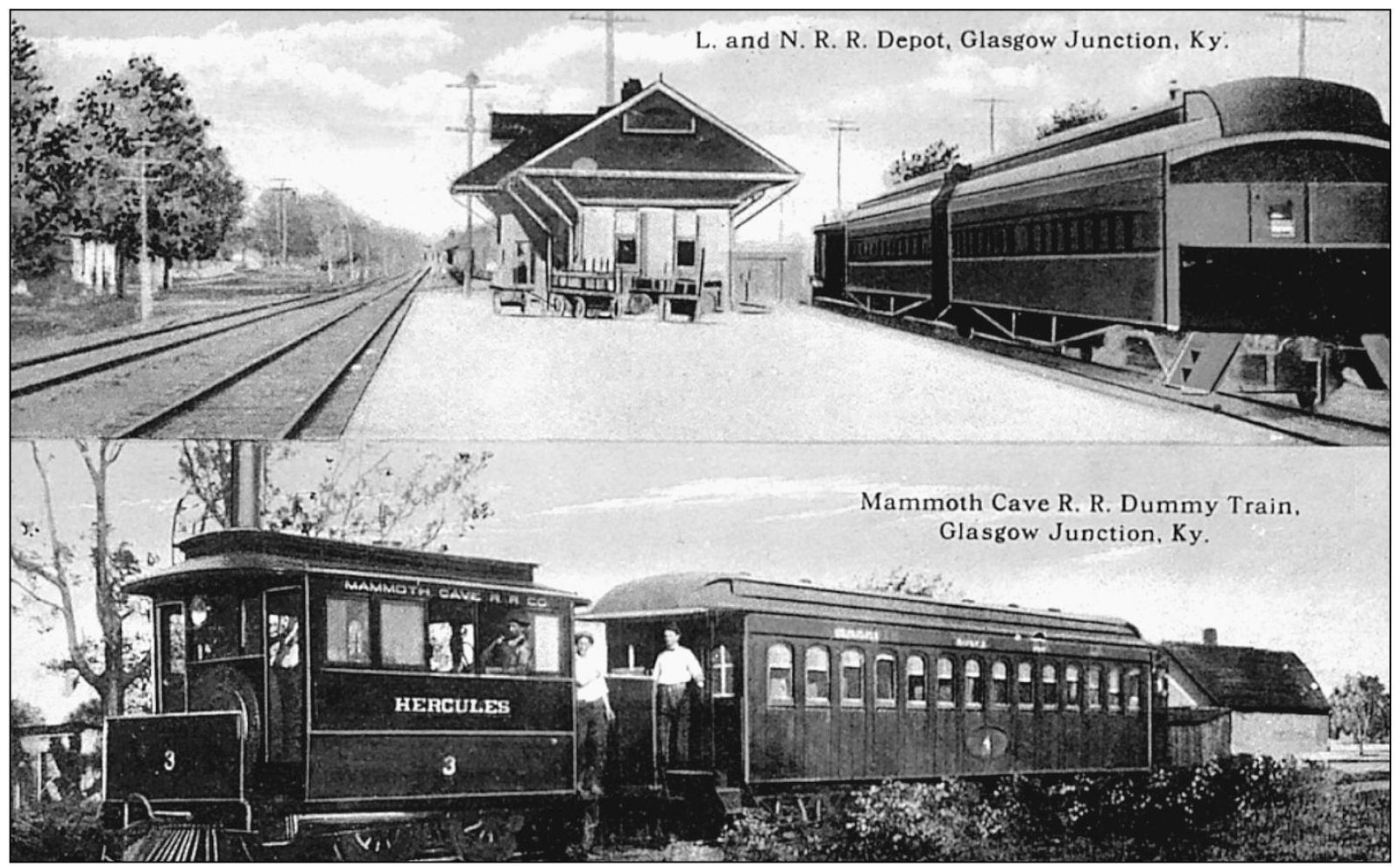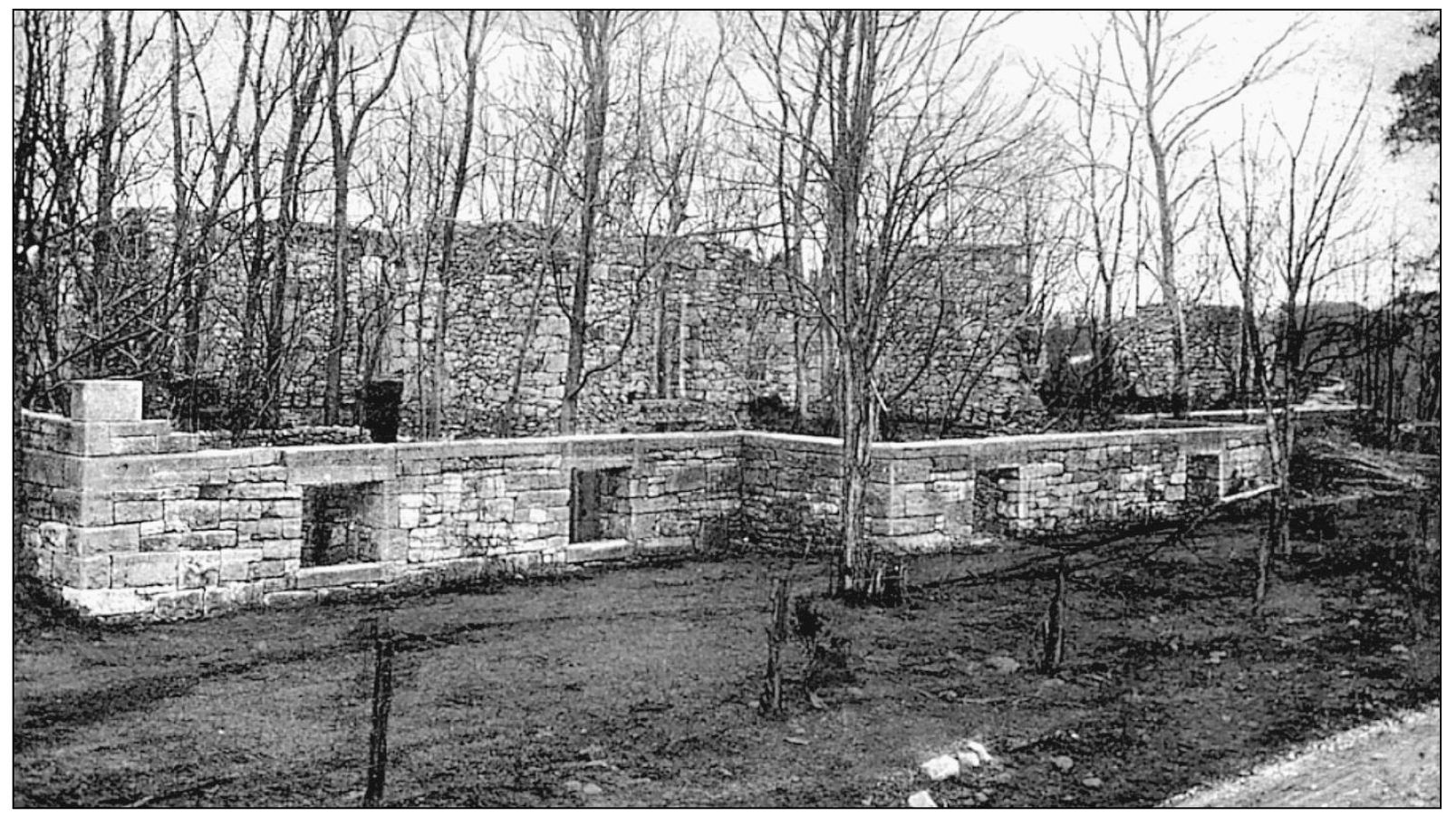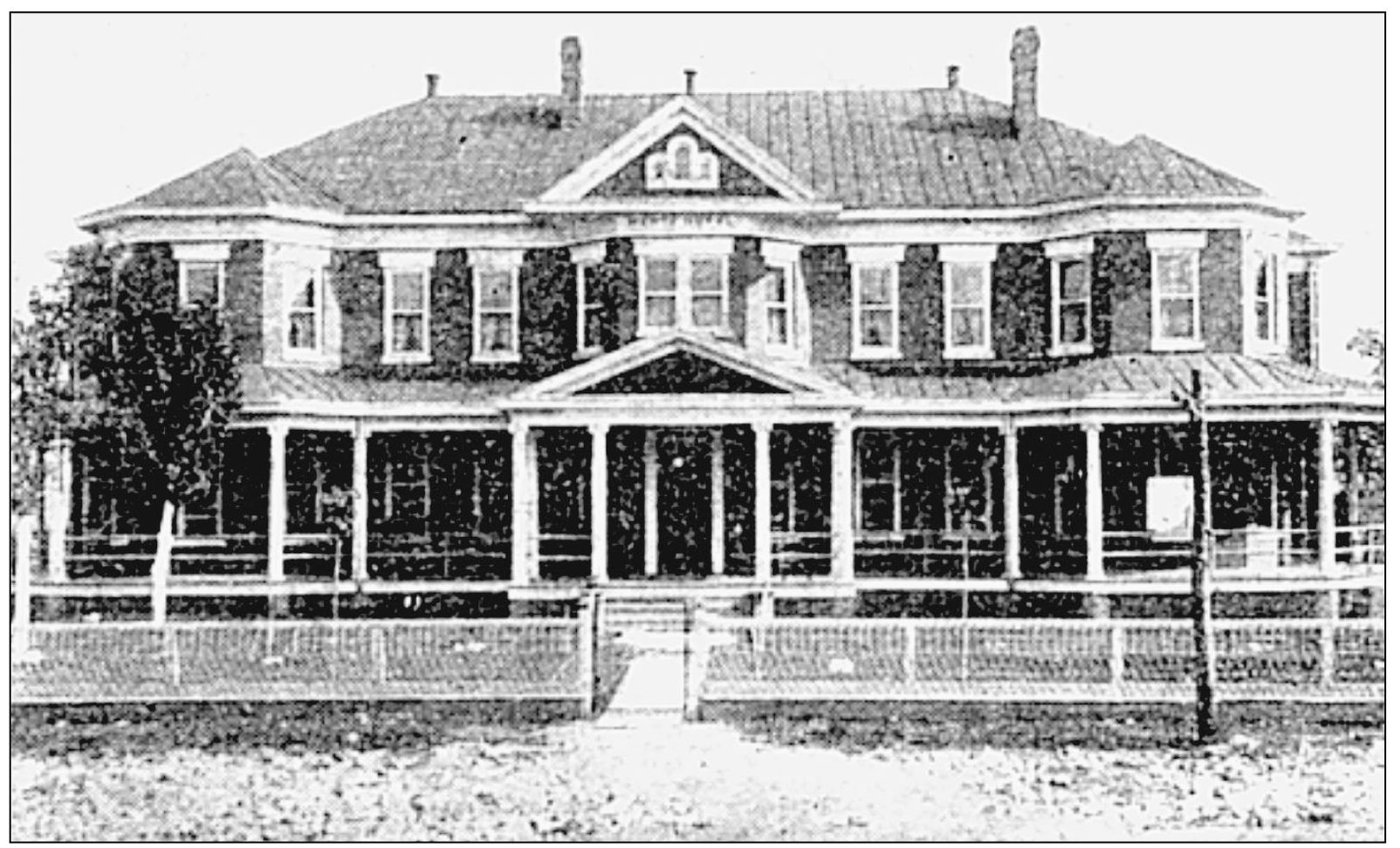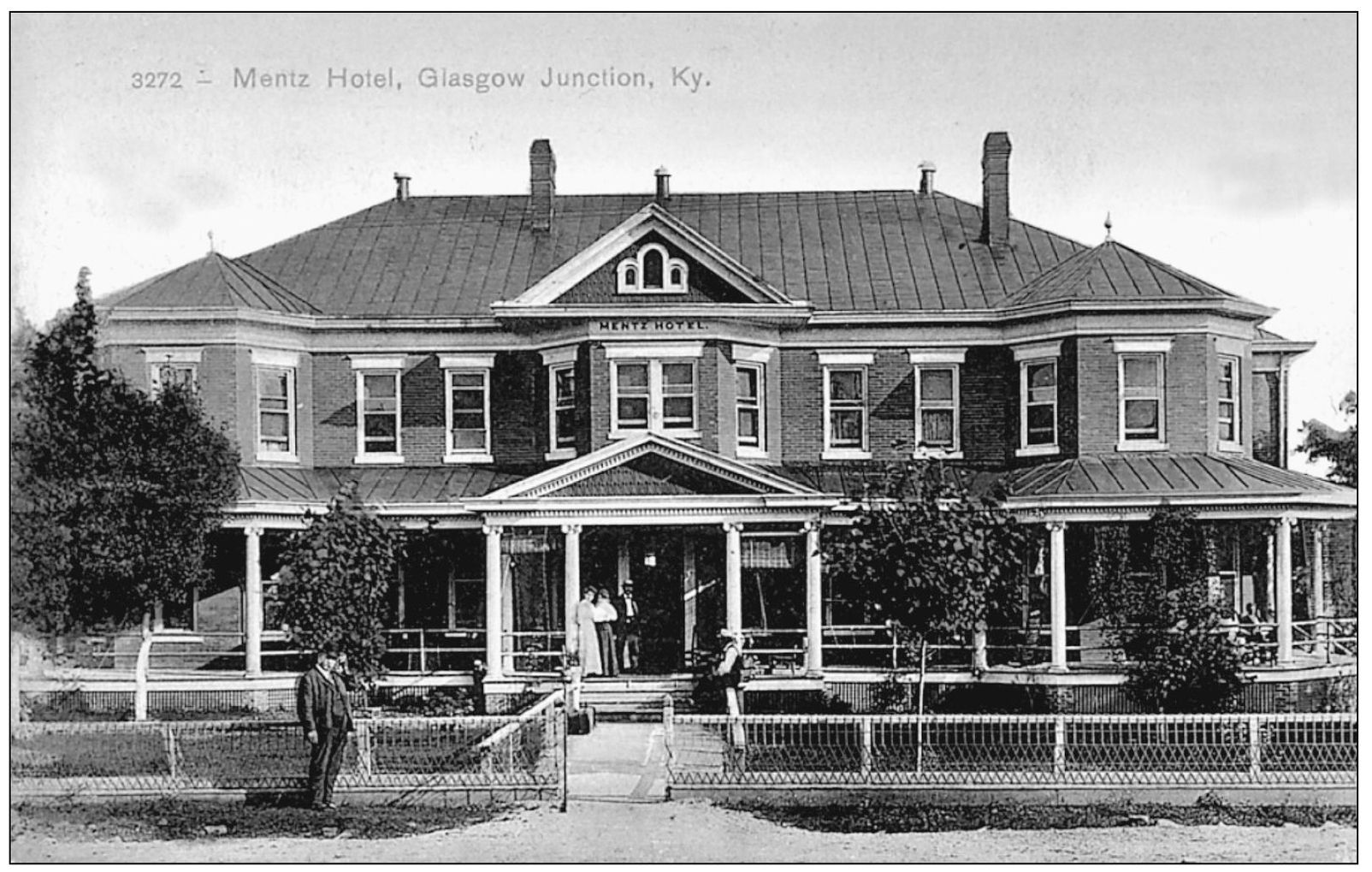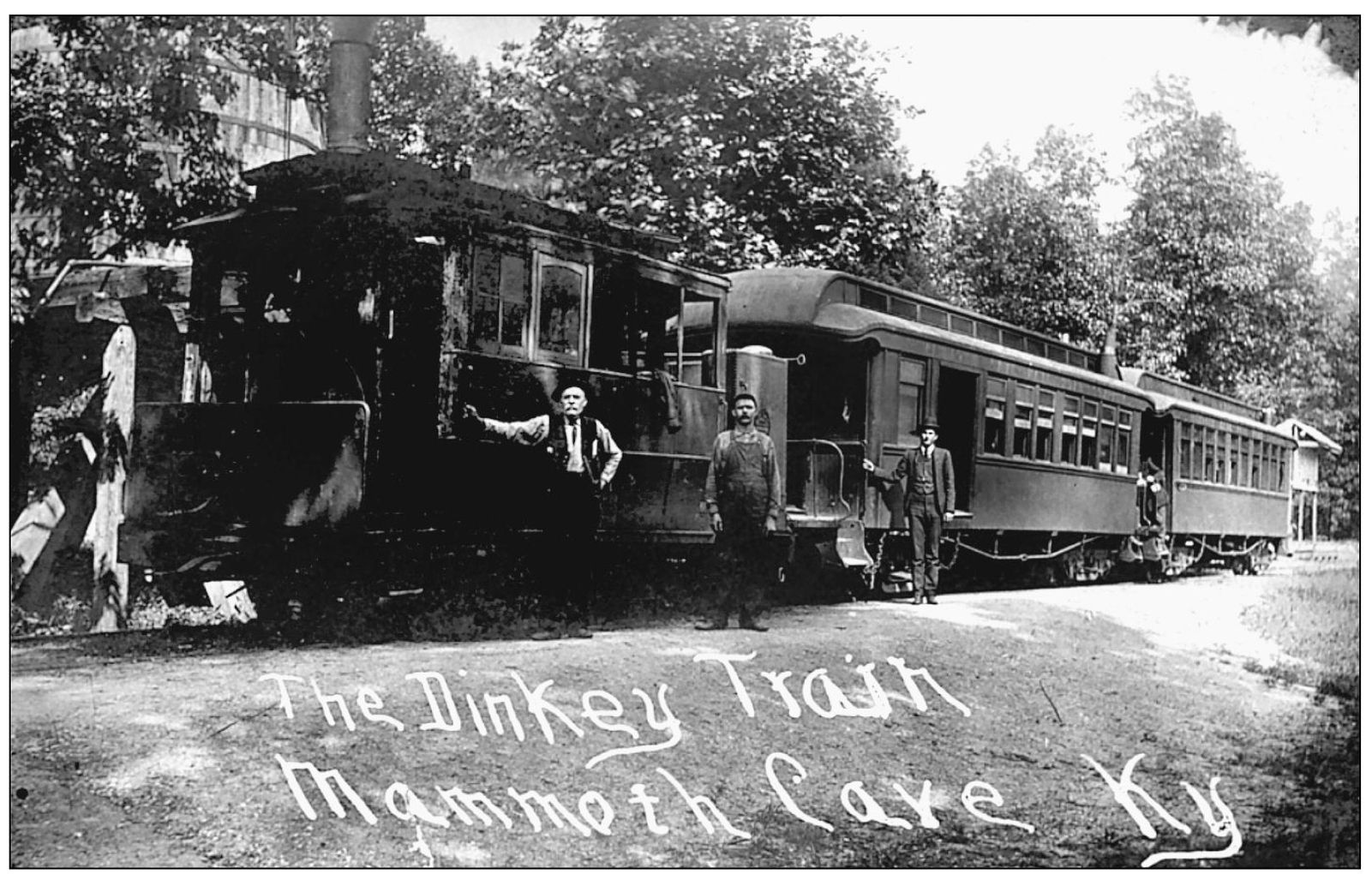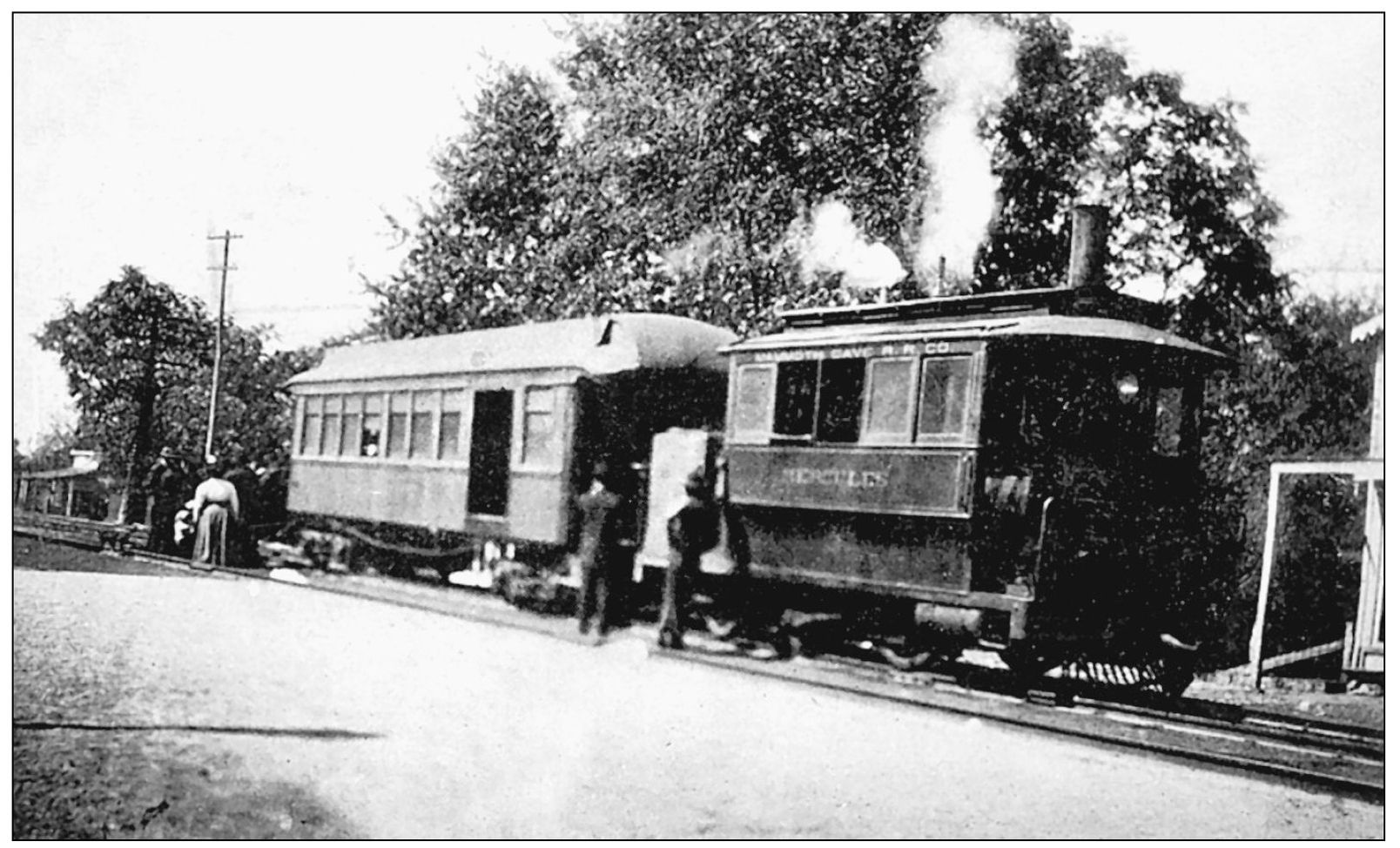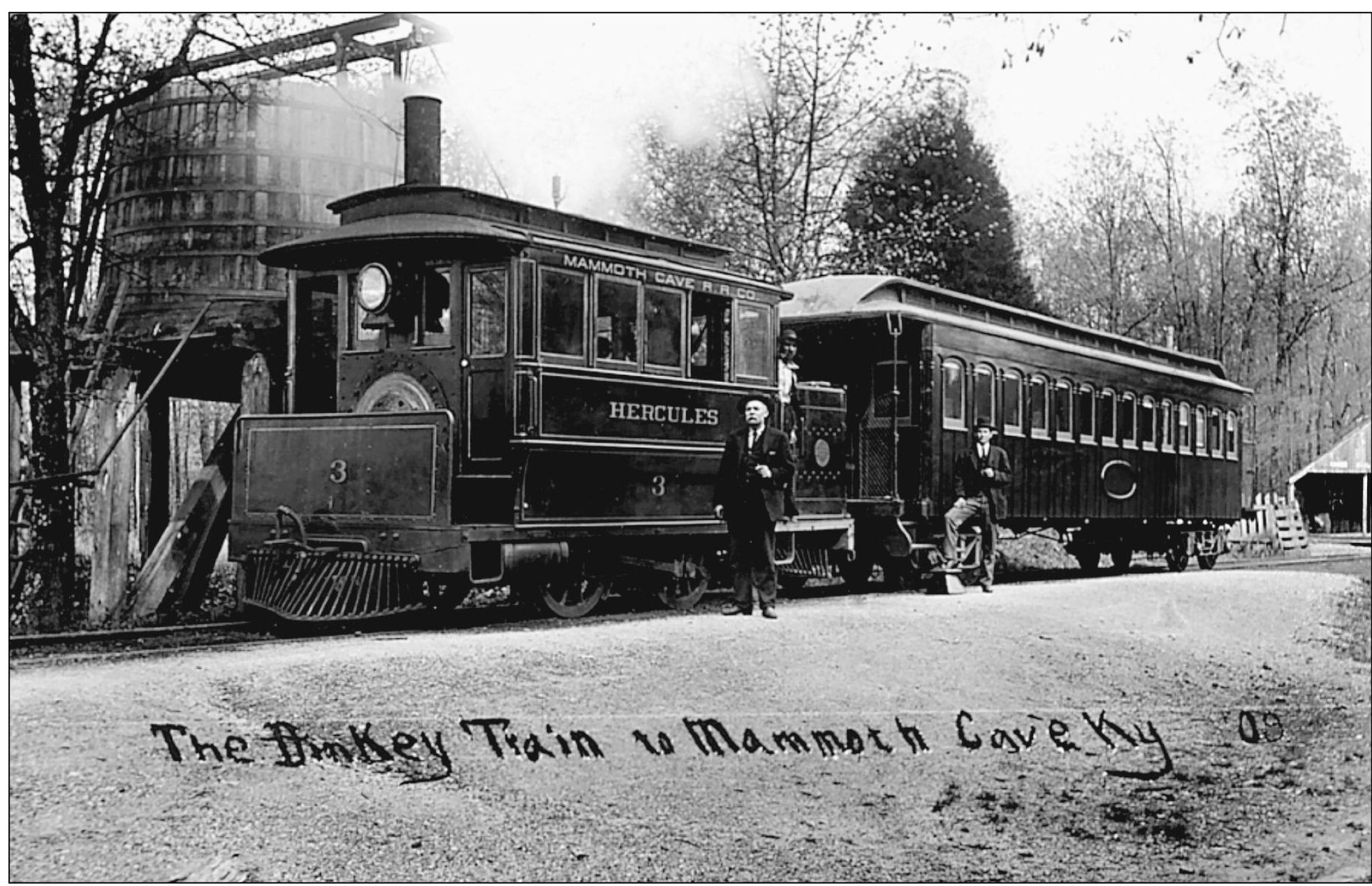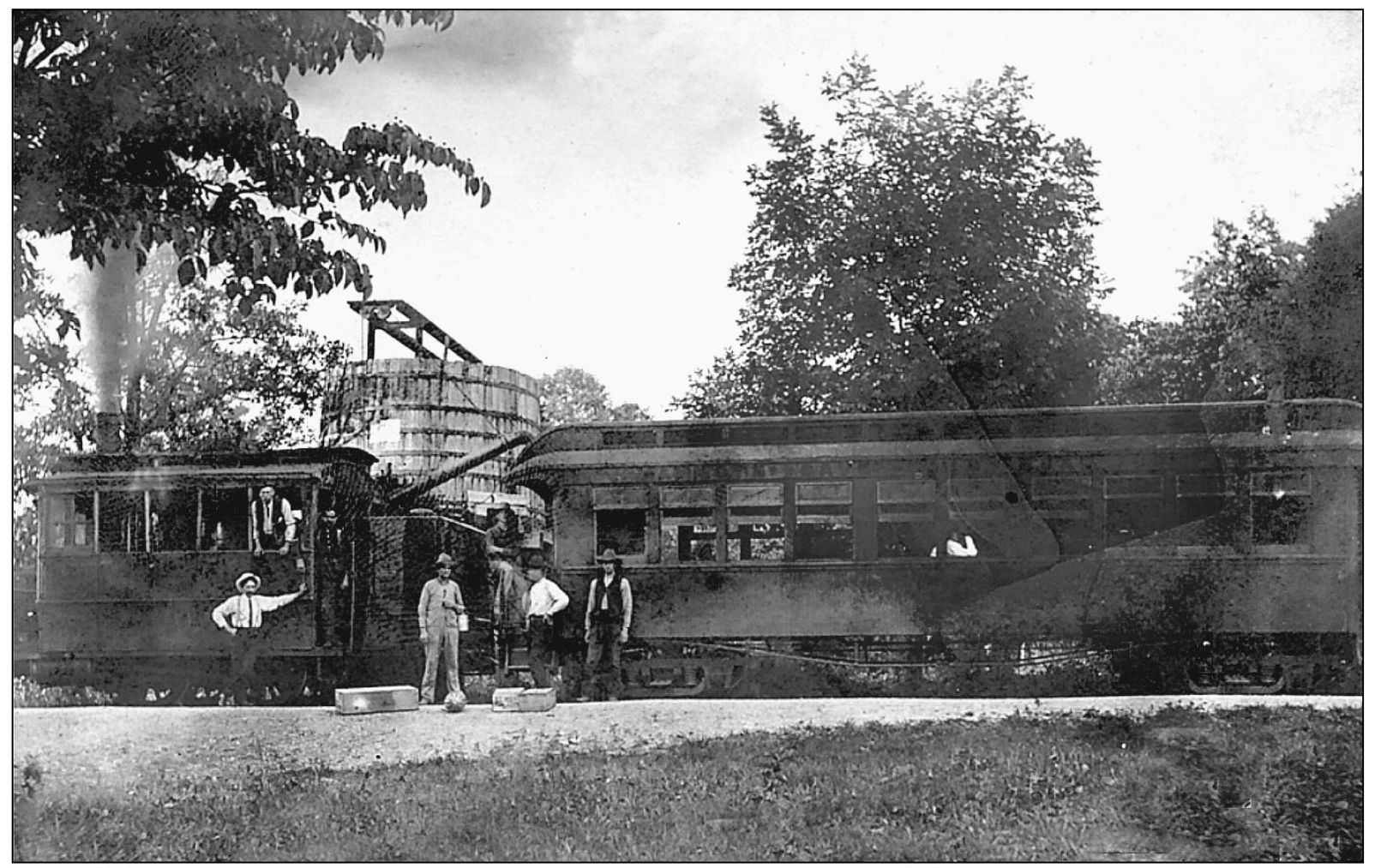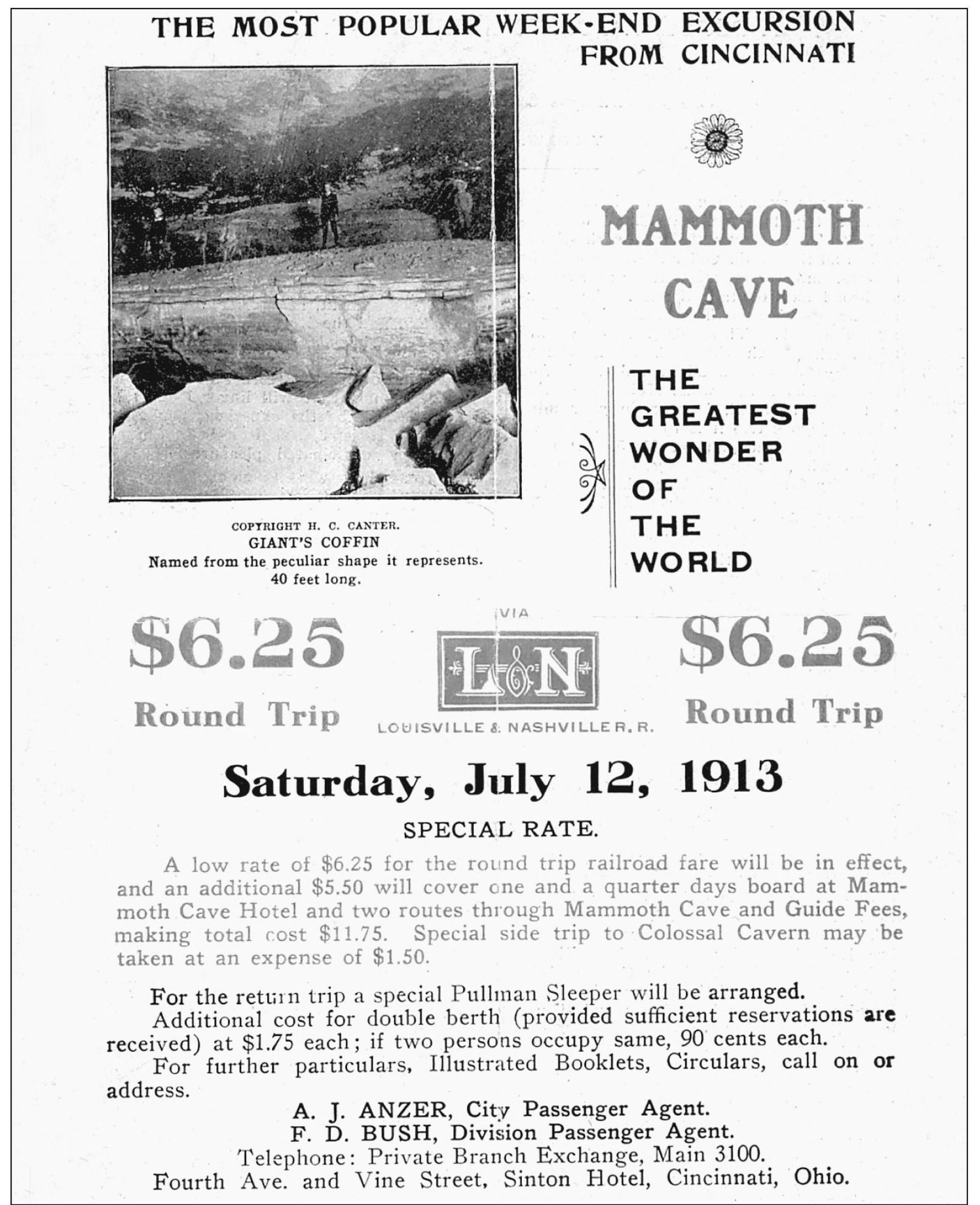Thompson - Mammoth Cave and the Kentucky Cave Region
Here you can read online Thompson - Mammoth Cave and the Kentucky Cave Region full text of the book (entire story) in english for free. Download pdf and epub, get meaning, cover and reviews about this ebook. year: 2011, publisher: Arcadia Publishing, genre: Children. Description of the work, (preface) as well as reviews are available. Best literature library LitArk.com created for fans of good reading and offers a wide selection of genres:
Romance novel
Science fiction
Adventure
Detective
Science
History
Home and family
Prose
Art
Politics
Computer
Non-fiction
Religion
Business
Children
Humor
Choose a favorite category and find really read worthwhile books. Enjoy immersion in the world of imagination, feel the emotions of the characters or learn something new for yourself, make an fascinating discovery.
Mammoth Cave and the Kentucky Cave Region: summary, description and annotation
We offer to read an annotation, description, summary or preface (depends on what the author of the book "Mammoth Cave and the Kentucky Cave Region" wrote himself). If you haven't found the necessary information about the book — write in the comments, we will try to find it.
Mammoth Cave National Park and the surrounding area comprise the worlds most extensive cave system. The region is characterized by what geologists call karst topography, a landscape dotted with sinkholes and caves. One of Americas first tourist attractions, the cave was opened to the public in 1816, and was preceded in popularity only by Niagara Falls. The 200 vintage images found in Images of America: Mammoth Cave and the Kentucky Cave Region represent a look back at over 100 years of photography and tourism at Mammoth Cave and other caves that make up the Kentucky Cave Region. Rare images of early transportation, hotels, cave guides, cave tours, as well as important cave discoveries, and cave explorers such as Floyd Collins are shown throughout the book.
Thompson: author's other books
Who wrote Mammoth Cave and the Kentucky Cave Region? Find out the surname, the name of the author of the book and a list of all author's works by series.

